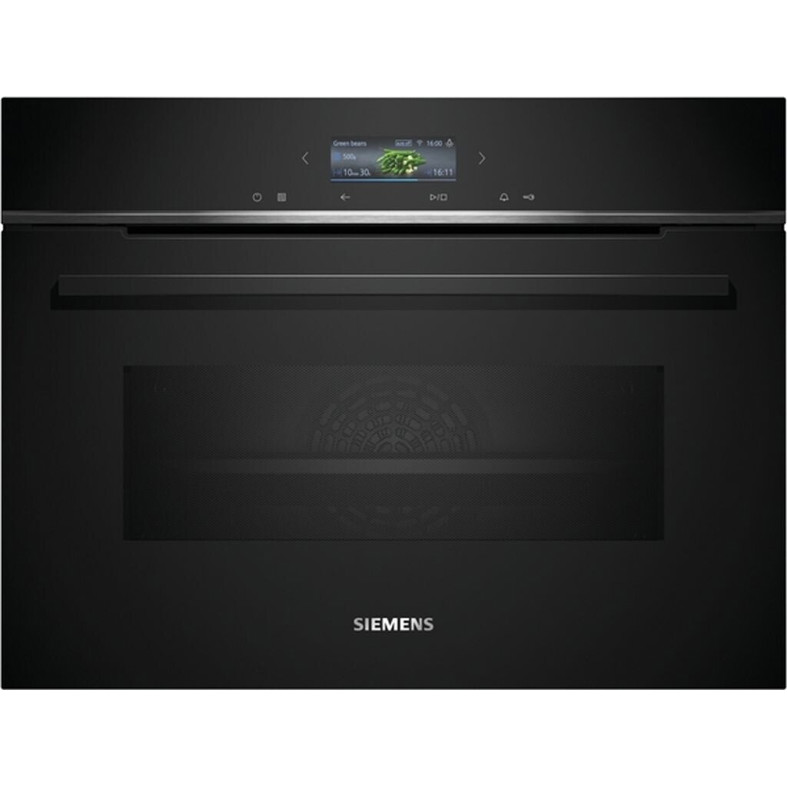Pyrolysis Oven Comparison: A Comprehensive Guide
Pyrolysis is a thermal decomposition process utilized to convert organic materials into biochar, bio-oil, and artificial gas. This procedure needs a specific tool called a pyrolysis oven, which warms biomass in the absence of oxygen, enabling the breakdown of materials without combustion. The marketplace uses a range of pyrolysis ovens matched for various applications, ranging from small-scale lab equipment to large commercial devices. Kochfeld Mit Dunstabzug Vergleich will supply a detailed comparison of various types of pyrolysis ovens, their specs, applications, and advantages, in addition to an often asked concerns section.
Comprehending Pyrolysis Ovens
Before delving into comparisons, it is important to understand the various types of pyrolysis ovens offered. These ovens can be classified based on:
- Size (laboratory-scale vs. industrial-scale)
- Heating Method (electric vs. direct fire)
- Material (steel vs. ceramic refractory)
Key Features and Specifications
When examining pyrolysis ovens, some critical specs to consider consist of:
- Capacity: The amount of biomass it can process in a single batch.
- Operating Temperature: The maximum temperature level at which the oven can run.
- Energy Consumption: How much energy the oven uses throughout the pyrolysis process.
- Cooling System: The systems in location to cool off the oven post-operation.
Comparison Table of Popular Pyrolysis Ovens
The table below sums up three commonly utilized pyrolysis ovens in regards to their specifications, applications, and advantages:
| Feature | Model A | Design B | Design C |
|---|---|---|---|
| Type | Batch | Constant | Small Lab |
| Capability | 500 kg/batch | 1000 kg/hour | 50 kg/batch |
| Operating Temp | 400 ° C | 600 ° C | 300 ° C |
| Energy Consumption | 20 kWh | 50 kWh | 5 kWh |
| Cooling System | Water-cooled | Air-cooled | None |
| Application | Charcoal production | Industrial waste | Research study experiments |
| Benefits | High effectiveness | High throughput | Compact style |
1. Design A Pyrolysis Oven
Description: Model A is a batch-type pyrolysis oven advised for small to medium-scale charcoal production. It runs at a maximum temperature of 400 ° C and boasts an energy consumption of 20 kWh per batch.
Applications: Mainly used in the production of charcoal from biomass feedstocks like wood chips, farming residues, and other natural products.
Benefits:
- High carbon capture efficiency
- Low operational costs
- Easy batch processing
2. Model B Pyrolysis Oven
Description: Model B is a continuous-flow pyrolysis oven designed for industrial-scale processing with a capability of 1000 kg per hour. It can reach greater operating temperature levels of as much as 600 ° C, making it suitable for a larger variety of feedstocks.
Applications: Often used for waste-to-energy jobs, recycling rubber, and processing farming waste.
Benefits:
- Higher throughput compared to batch ovens
- Ideal for continuous feedstock supply
- Better conversion rates for various products
3. Design C Pyrolysis Oven
Description: Model C is a compact, small laboratory oven matched for research study and speculative purposes, with a lower capability of 50 kg per batch. It runs up to 300 ° C and utilizes only 5 kWh of energy.
Applications: Used generally in laboratories for research study and development in pyrolysis procedures.
Advantages:
- Space-efficient design
- Lower energy requirement
- Ideal for evaluating various feedstocks
Secret Considerations When Choosing a Pyrolysis Oven
Picking the best pyrolysis oven depends upon several aspects. Here's a list of factors to consider:
- Scale of Operation: Determine the volume of biomass you mean to process regularly.
- Feedstock Type: Different products may need different operating temperatures and processing approaches.
- Budget: Consider initial financial investment expenses and operational expenditures.
- Final Product Requirements: Define what you aim to produce-- whether it's biochar, bio-oil, or syngas.
- Area Available: Ensure you have adequate space for installation and future growths.
- Regulative Compliance: Confirm that the pyrolysis oven satisfies regional environmental guidelines and standards.
Regularly Asked Questions (FAQ)
Q1: What are the ecological impacts of using a pyrolysis oven?
Pyrolysis ovens can lower biomass waste, lower greenhouse gas emissions, and produce important final result. Nevertheless, correct operation and upkeep are vital to decrease any potential air and water contamination.
Q2: How is biomass prepared before pyrolysis?
Biomass must be dried and shredded into consistent pieces to improve the performance of the pyrolysis process. The wetness material ought to preferably be listed below 20%.
Q3: Can I use multiple feedstock key ins a single pyrolysis oven?
Yes, lots of pyrolysis ovens can deal with a variety of feedstocks; however, testing each type individually is a good idea to figure out optimum conditions and output quality.
Q4: How long does the pyrolysis procedure take?
The procedure can differ substantially depending upon the oven type and specifications set. Typically, batch pyrolysis can take anywhere from a few hours to over 12 hours.
Q5: Is upkeep needed for pyrolysis ovens?
Yes, regular maintenance is vital for optimum efficiency. This includes cleaning out residues and inspecting for wear and tear on parts.
In conclusion, choosing the ideal pyrolysis oven requires cautious factor to consider of particular requirements, applications, and intended outcomes. With different models offered, users can process biomass effectively while adding to sustainability efforts. Comprehending the crucial specifications, functions, and the benefits of different types of pyrolysis ovens is vital in making notified choices, whether for small lab experiments or massive industrial operations.

